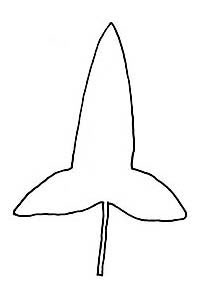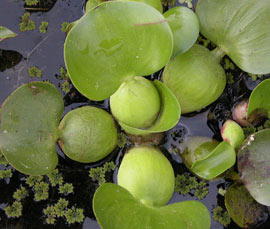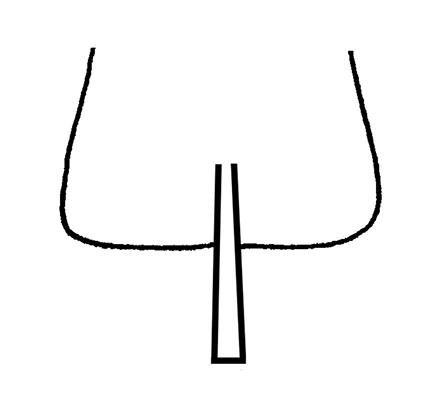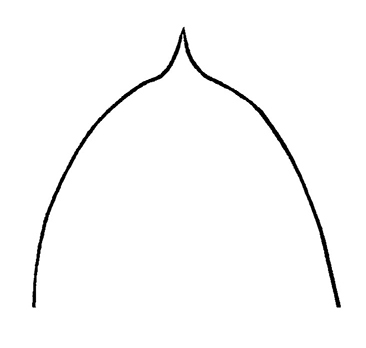Süßwassertang [Lomariopsis cf. lineata]
subwassertang, susswassertang, round Pellia, round-leaf Pellia, freshwater seaweed, loma fern
Lomariopsidaceae
Monosolenium tenerum
tropical Asia and Africa
Süßwassertang [Lomariopsis cf. lineata] is occasionally available commercially; frequently traded among aquarium hobbyists
information not available
information not available
submergedsubmerged:
(adj) (syn. submersed) under water; submerged below the water surface
 , floating or attached fern gametophytegametophyte:
, floating or attached fern gametophytegametophyte:
(n) the gamete-producing haploid phase in the plant life cycle; in some lower vascular plants it is multicellular and independent

Creeping liverwort-like gametophytegametophyte:
(n) the gamete-producing haploid phase in the plant life cycle; in some lower vascular plants it is multicellular and independent
 stage of fern; indeterminateindeterminate:
stage of fern; indeterminateindeterminate:
(adj) 1) (of an inflorescence) with lower or outer flowers opening first, so that the main axis continues elongating; 2) unrestricted growth, as with an apical meristem capable of producing an unlimited number of lateral organs.
 growth; rhizoids colorless and indistinct, typically in marginal clusters. Thallusthallus:
growth; rhizoids colorless and indistinct, typically in marginal clusters. Thallusthallus:
(n) a photosynthetic plant body that is not (or apparently not) differentiated into stems, roots, and leaves
 ribbon-shaped, profusely branched, 1 cell-layer thick; lobes broadly round, tip never truncatetruncate:
ribbon-shaped, profusely branched, 1 cell-layer thick; lobes broadly round, tip never truncatetruncate:
(adj) terminating abruptly, as if cut straight across
 ; midribmidrib:
; midribmidrib:
(n) the main or central vein, line or rib in a leaf or perianth segment
 absent; translucent green with a seaweed-like texture. Gametangiagametangium:
absent; translucent green with a seaweed-like texture. Gametangiagametangium:
(n) cell or organ that produces gametes
rarely produced; archegoniaarchegonium:
(n) the female reproductive organ in mosses and ferns
necks short, venter partly sunk into thallusthallus:
(n) a photosynthetic plant body that is not (or apparently not) differentiated into stems, roots, and leaves
 ; antheridiaantheridium:
; antheridiaantheridium:
male reproductive organ that produces gametes; a single cell in fungi and algae, multicellular in ferns, mosses, and vascular plants
consist of a basalbasal:
(adj) at or pertaining to the base, or point of attachment
 cell, ring cell, and cap cell (like polypodialean ferns). Reproduction by fragmentation; sporophytes not observed.
cell, ring cell, and cap cell (like polypodialean ferns). Reproduction by fragmentation; sporophytes not observed.
Süßwassertang occurs in freshwater, assumed to prefer still or slow-moving water to allow for attachment; L. lineata (C. Presl) Holttum is a hemi-epiphytic fern.
Süßwassertang is often referred to as Lomariopsis cf. lineata or L. lineata (C. Presl) Holttum; often sold as "round Pellia" or "round-leaf Pellia".
Süßwassertang was originally believed to be a liverwort, yet DNA analysis has established it as a polypod fern (order: Polypodiales). It shows strong affinity to the Lomariopsidaceae genus Lomariopsis and aligns very closely to L. lineata (C. Presl) Holttum (97.6%). However, another Lomariopsis species cannot be 100% excluded. Süßwassertang acts strictly as a fern gametophytegametophyte:
(n) the gamete-producing haploid phase in the plant life cycle; in some lower vascular plants it is multicellular and independent
 , sporophytes have not been observed to date (Li et al, 2009).
, sporophytes have not been observed to date (Li et al, 2009).
Süßwassertang can be easily confused with Monosolenium tenerum, a liverwort often used in aquaria. Overall the thallusthallus:
(n) a photosynthetic plant body that is not (or apparently not) differentiated into stems, roots, and leaves
 of Monosolenium is less transparent and more fragile than Süßwassertang. The lobes of Monosolenium are ± round to truncatetruncate:
of Monosolenium is less transparent and more fragile than Süßwassertang. The lobes of Monosolenium are ± round to truncatetruncate:
(adj) terminating abruptly, as if cut straight across
 at the apexapex:
at the apexapex:
(n) the point farthest from the point of attachment; the tip (often pointed)
 , while Süßwassertang has broadly rounded apices. Monosolenium has a visible midribmidrib:
, while Süßwassertang has broadly rounded apices. Monosolenium has a visible midribmidrib:
(n) the main or central vein, line or rib in a leaf or perianth segment
 that is densely covered with rhizoids on the underside, while Süßwassertang has no midribmidrib:
that is densely covered with rhizoids on the underside, while Süßwassertang has no midribmidrib:
(n) the main or central vein, line or rib in a leaf or perianth segment
 and irregularly spaced rhizoids on the underside and along the marginmargin:
and irregularly spaced rhizoids on the underside and along the marginmargin:
(n) edge; rim
 (FlowGrow, 2013).
(FlowGrow, 2013).